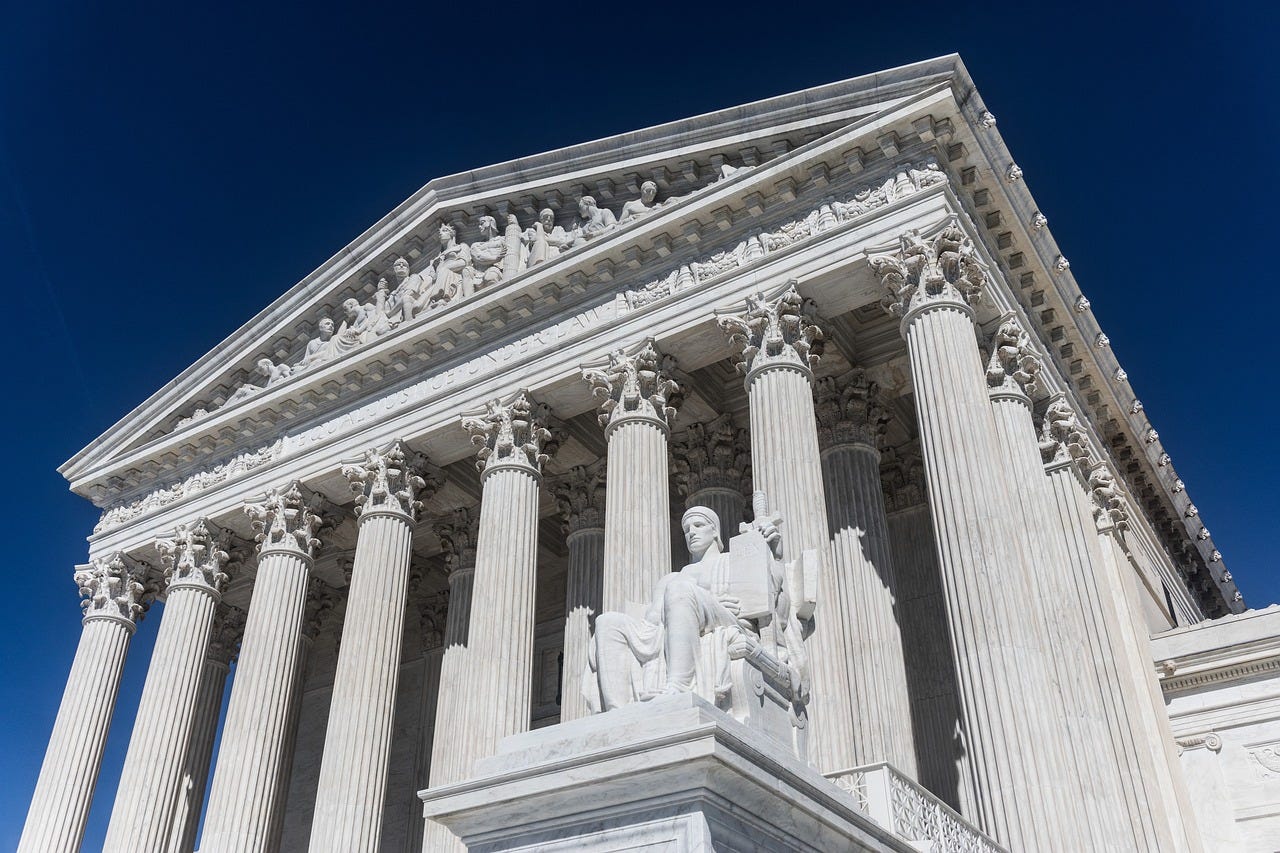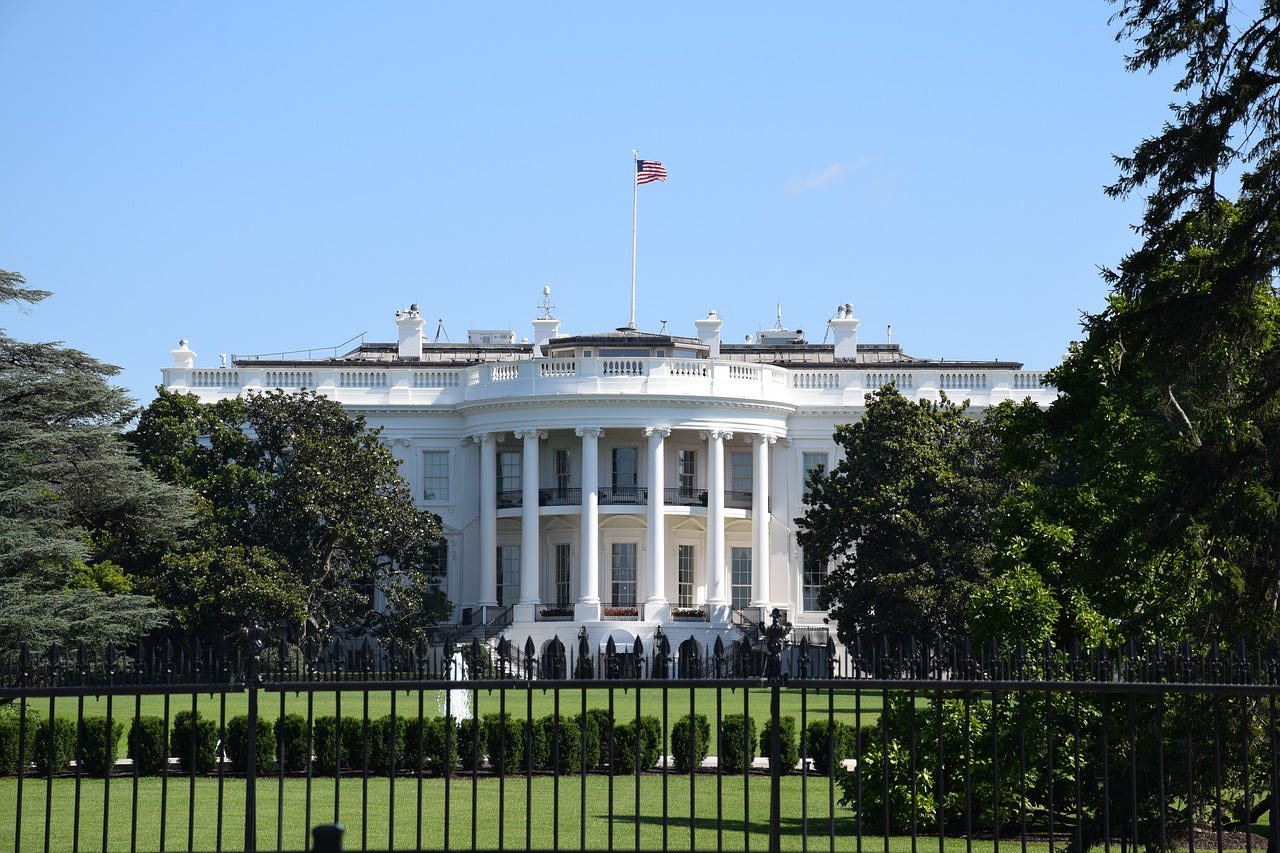Understanding the three branches of government—executive, legislative, and judicial—is a cornerstone of civics education. While the structure may seem complex at first, creative and interactive activities can make learning fun and engaging for students. Here’s a deep dive into how families can teach the branches of government in an accessible and memorable way.
The Basics: What Are the Three Branches of Government?
The U.S. Constitution established three branches of government to ensure a balance of power:
The Executive Branch – Led by the President, this branch enforces laws.
The Legislative Branch – Comprised of Congress (the Senate and the House of Representatives), this branch creates laws.
The Judicial Branch – Consisting of the Supreme Court and other federal courts, this branch interprets laws.
Understanding the roles and responsibilities of each branch is key to grasping how the government functions.
Why Hands-On Learning Works
Kids retain information better when they’re actively engaged. Creative activities allow them to connect abstract ideas with tangible experiences. For civics, role-playing, games, and simple experiments can illustrate the complexities of government in a way that’s both educational and entertaining.
Activity 1: Create a Government Role-Play Simulation
Objective: Teach students how the branches work together and separately.
What You’ll Need:
Index cards or slips of paper for roles
Props (gavel for judges, "bill" templates, etc.)
Steps:
Assign roles: Students can be the President, Senators, Representatives, Supreme Court Justices, and ordinary citizens.
Write simple "bills" that students want to turn into laws. For example, "A law to allow pets in school."
Have students simulate the legislative process:
The House and Senate debate and vote on the bill.
If passed, the bill goes to the President for approval or veto.
If vetoed, Congress can attempt to override the veto.
If a citizen believes the law is unconstitutional, they can bring it before the Supreme Court for review.
Why It Works: Role-playing encourages collaboration, critical thinking, and an understanding of how checks and balances work in practice.
Activity 2: Build a Three-Branch Government Chart
Objective: Help students visualize the structure and functions of government.
What You’ll Need:
Large poster board
Markers or pens
Images (cutouts of the White House, Capitol Building, and Supreme Court)
Steps:
Divide the poster into three sections. Label them "Executive," "Legislative," and "Judicial."
Add pictures or drawings to represent each branch.
Write down the main functions and key players in each branch. For example:
Executive: President, Vice President, Cabinet
Legislative: Senators, Representatives
Judicial: Supreme Court, Chief Justice
Discuss how the branches interact. Use arrows or symbols to illustrate their relationships.
Why It Works: This visual aid serves as a reference point for future lessons and helps reinforce the key concepts.
Activity 3: Play “Government Jeopardy”
Objective: Test students’ knowledge in a fun, competitive format.
What You’ll Need:
Whiteboard or digital presentation tool
Pre-prepared questions divided into categories (e.g., Executive Powers, Legislative Responsibilities, Famous Supreme Court Cases)
Steps:
Divide students into teams.
Create a Jeopardy board with point values for each category.
Teams take turns choosing a question. For example:
Executive Powers for 100: "Who is in charge of the executive branch?"
Legislative Responsibilities for 200: "How many senators are there in Congress?"
Keep score and reward the winning team with a small prize.
Why It Works: The game format makes reviewing facts exciting and promotes teamwork.
Activity 4: “Pass a Law” Board Game
Objective: Reinforce how a bill becomes a law.
What You’ll Need:
A simple game board (you can create one or use a template)
Game cards for different legislative actions (e.g., "Vetoed by President," "Passed by Senate")
Tokens for players
Steps:
Players move around the board, encountering steps in the legislative process.
Draw cards that represent challenges or successes, like “Citizens protest the bill” or “Supreme Court declares law constitutional.”
The first player to successfully pass and enforce a law wins.
Why It Works: This game blends strategy and knowledge, helping students internalize the legislative process.
Activity 5: Visit Government in Action
Objective: Show real-world examples of government at work.
What You’ll Need:
A local government building or virtual tour resources
Steps:
Plan a field trip to a city hall, state capitol, or courthouse. Many locations offer guided tours for students.
If an in-person visit isn’t possible, use online resources like virtual tours of the White House or Supreme Court.
After the visit, have students reflect on what they learned and connect it to their studies.
Why It Works: Seeing government in action makes the concepts come alive and builds a sense of civic pride.
Conclusion
Teaching the three branches of government doesn’t have to be overwhelming or dull. By incorporating hands-on activities like role-playing, interactive charts, games, and real-world connections, students can develop a deep understanding of civics in a way that’s both meaningful and fun. These lessons not only prepare students for standardized tests but also empower them to become informed, engaged citizens.
Whether through a lively debate in the living room or a creative board game session, families can make civics an exciting and integral part of their curriculum.




